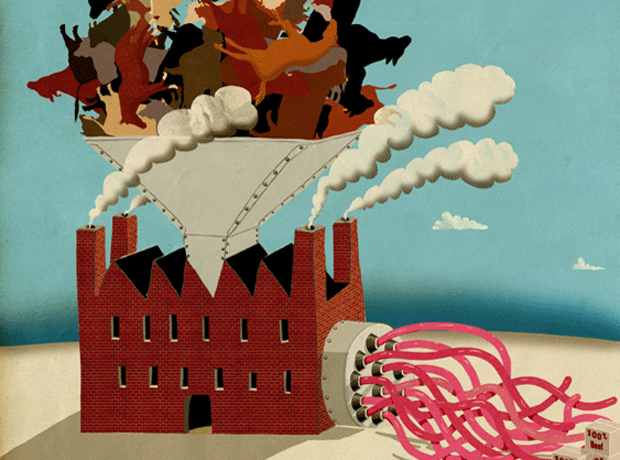It’s a brave soul who declares the crisis phase of the horsemeat scandal over. As the 50,000 tonne horsemeat recall in the Netherlands two weeks ago reminded us again, it’s made a nasty habit of rearing its ugly head every time we’ve looked to move on.
But four months on from the initial revelations, we are in a position to start assessing the longer-term impact. And in the week our fresh food team was shortlisted for a BSME Rising Stars award for their outstanding coverage, they have once again excelled themselves, in this week’s meat & fish special issue, in examining the consequences.
First, they’ve looked at how the meat supply chain in this country has changed, for suppliers and retailers, with far greater verification a certainty and, in many instances, a shorter route to market. The balance of power has also changed, with other proteins well placed, and Ranjit Boparan’s 2 Sisters ideally positioned to muscle into red meat. But as we also make clear, it’s very much a moveable feast right now, with government experts still working through some of their own recommendations - such as the 1% testing threshold - stress-testing them with suppliers and retailers.
” The hugely valuable chilled ready meals category has been dragged into the horsemeat scandal, unfairly as it happens, but the damage is done”
Adam Leyland, Editor
We’ve also talked to Paul Finnerty, CEO of ABP, one of the suppliers most closely associated with the scandal, and visited its Dalepak factory, to learn how it intends to move on.
And, crucially, we’ve looked at sales. While it will come as no surprise that sales of frozen burgers and ready meals have steadily worsened as the scale of the scandal became apparent, more alarmingly, we reveal sales in the hugely valuable chilled ready meals category, while initially unscathed, have shown a marked deterioration in the latest figures from Kantar.
With Asda’s chilled bolognese sauce, supplied by Greencore, testing positive for horsemeat, it made it even harder for consumers to differentiate. But (in case you didn’t know) this particular result turned out to be wrong. And in a final piece of analysis, we examine the dangers inherent in the so-called ‘false positive paradox’ and the difficulties retailers and suppliers face in righting a wrong once it’s gone digital.














No comments yet